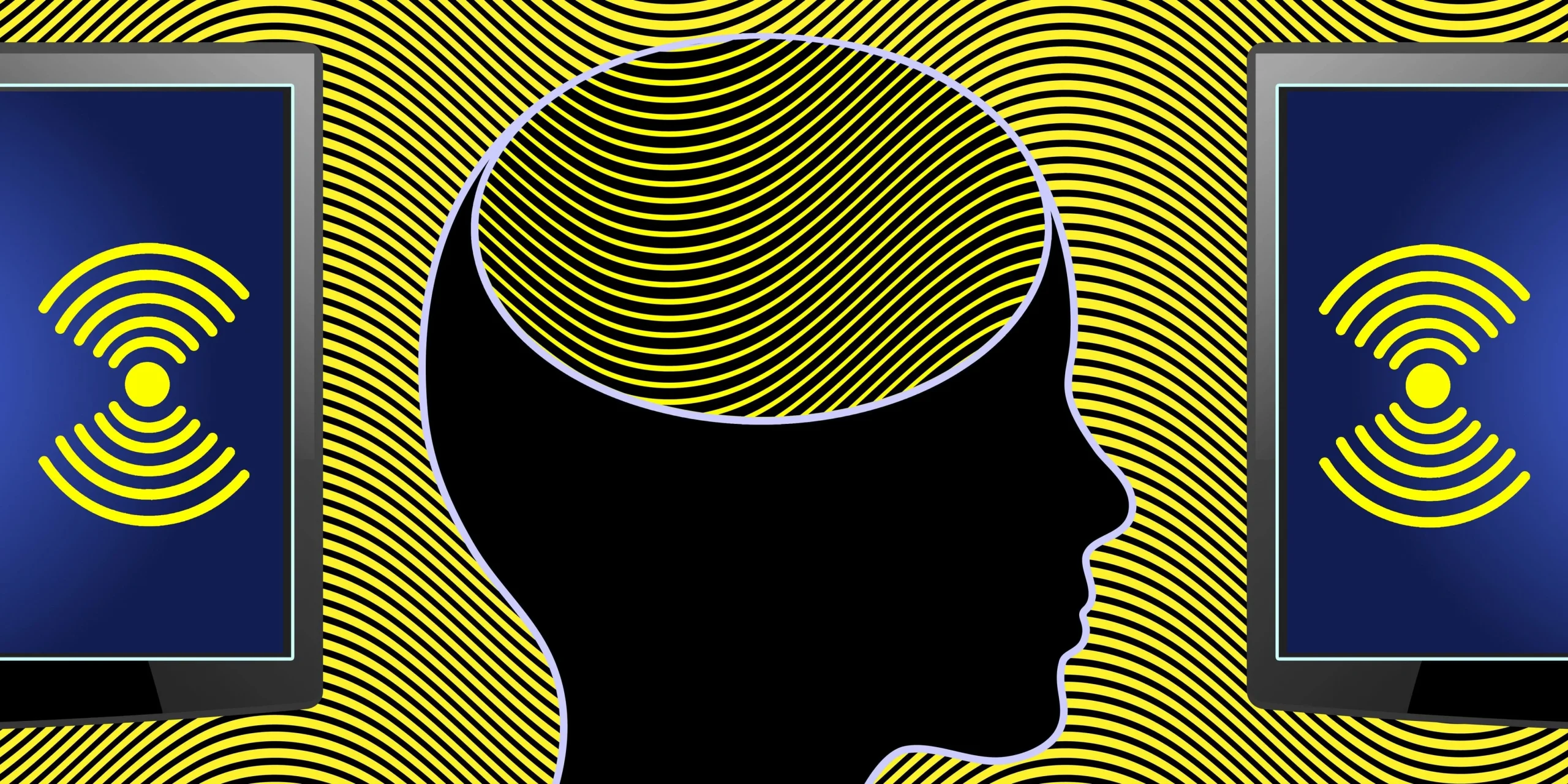5G stands for 5th generation wireless communications technology, that in its most advanced version, is capable of harnessing an extremely high frequency (EHF) band (between 30 GHz – 300 GHz) — producing millimetre waves. One major difference between 5G and previous generations of cellular technologies (2G – 4G, which it’s also capable of harnessing) is that they are mostly limited to an omni-directional range, whereas 5G employs directional signal transmission and reception, combined with signal triangulation. 5G also uses new technologies such as active antennas (used for beamforming), phased arrays, and massive MIMO (multiple inputs and outputs).
These new capabilities present “unique challenges for measuring exposures.” The Federal Communications Commision (FCC) however reaffirmed its radio frequency radiation (RFR) exposure limits adopted in the late 1990’s. “These limits are based upon a behavioural change in rats exposed to microwave radiation and were designed to protect us from short-term heating risks due to RFR exposure. Yet, since the FCC adopted these limits based largely on research from the 1980s, the preponderance of peer-reviewed research, more than 500 studies, have found harmful biologic or health effects from exposure to RFR at intensities too low to cause significant heating.”
“Citing this large body of research, more than 240 scientists who have published peer-reviewed research on the biologic and health effects of nonionizing electromagnetic fields (EMF) signed the International EMF Scientist Appeal, which calls for stronger exposure limits. The appeal makes the following assertions: ‘Numerous recent scientific publications have shown that EMF affects living organisms at levels well below most international and national guidelines. Effects include increased cancer risk, cellular stress, increase in harmful free radicals, genetic damages, structural and functional changes of the reproductive system, learning and memory deficits, neurological disorders, and negative impacts on general well-being in humans. Damage goes well beyond the human race, as there is growing evidence of harmful effects to both plant and animal life.’”

Joel M. Moskowitz, PhD, director of the Center for Family and Community Health at the School of Public Health in the University of California, Berkeley, goes on to declare: “The scientists who signed this appeal arguably constitute the majority of experts on the effects of nonionizing radiation. They have published more than 2,000 papers and letters on EMF in professional journals. The FCC’s RFR exposure limits regulate the intensity of exposure, taking into account the frequency of the carrier waves, but ignore the signaling properties of the RFR. Along with the patterning and duration of exposures, certain characteristics of the signal (e.g., pulsing, polarization) increase the biologic and health impacts of the exposure. New exposure limits are needed which account for these differential effects. Moreover, these limits should be based on a biological effect, not a change in a laboratory rat’s behavior. The World Health Organization’s International Agency for Research on Cancer (IARC) classified RFR as “possibly carcinogenic to humans” in 2011. Last year, a $30 million study conducted by the U.S. National Toxicology Program (NTP) found “clear evidence” that two years of exposure to cell phone RFR increased cancer in male rats and damaged DNA in rats and mice of both sexes. The Ramazzini Institute in Italy replicated the key finding of the NTP using a different carrier frequency and much weaker exposure to cell phone radiation over the life of the rats.”
“Millimeter waves are mostly absorbed within a few millimeters of human skin and in the surface layers of the cornea. Short-term exposure can have adverse physiological effects in the peripheral nervous system, the immune system and the cardiovascular system. The research suggests that long-term exposure may pose health risks to the skin (e.g., melanoma), the eyes (e.g., ocular melanoma) and the testes (e.g., sterility). Since 5G is a new technology, there is no research on health effects, so we are “flying blind” to quote a U.S. senator. However, we have considerable evidence about the harmful effects of 2G and 3G. Little is known the effects of exposure to 4G, a 10-year-old technology, because governments have been remiss in funding this research. Meanwhile, we are seeing increases in certain types of head and neck tumors in tumor registries, which may be at least partially attributable to the proliferation of cell phone radiation. These increases are consistent with results from case-control studies of tumor risk in heavy cell phone users. 5G will not replace 4G; it will accompany 4G for the near future and possibly over the long term. If there are synergistic effects from simultaneous exposures to multiple types of RFR, our overall risk of harm from RFR may increase substantially. Cancer is not the only risk as there is considerable evidence that RFR causes neurological disorders and reproductive harm, likely due to oxidative stress.”
Despite a lack of clinical trials studying the health effects of 5G there is is a long history of studies reporting negative effects related to radio frequencies (RF) and microwave (MW) millimetre waves.
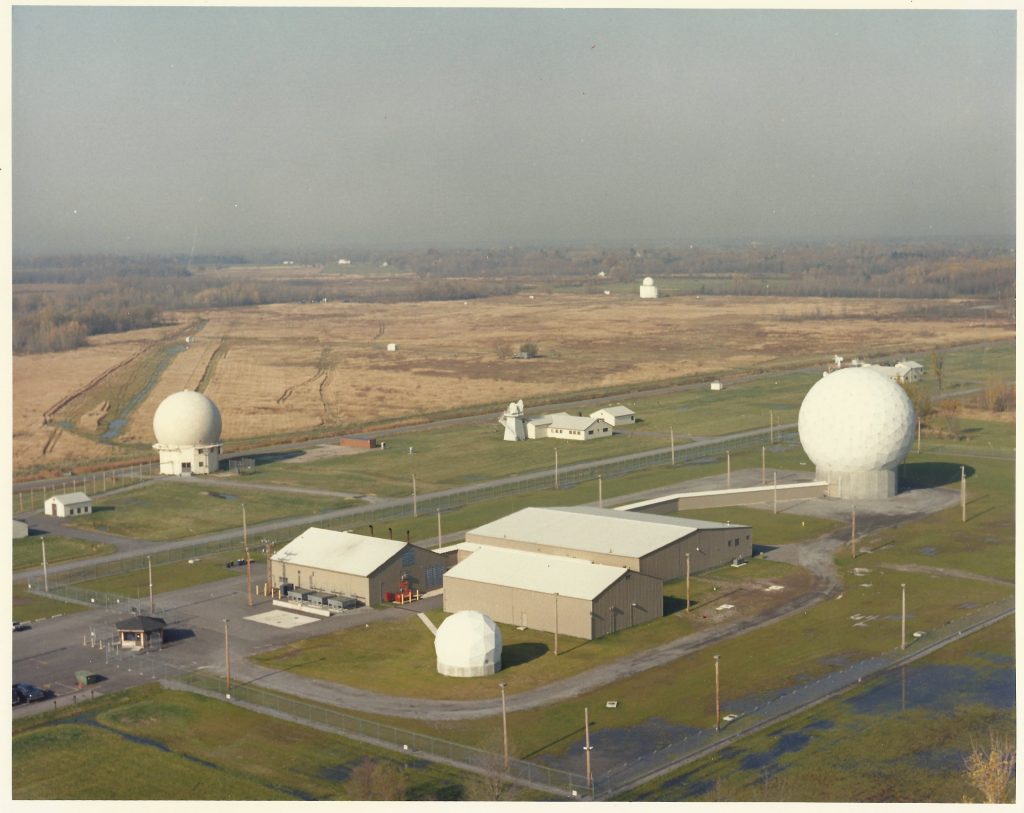
An “In-House Report”, Radiofrequency/Microwave Radiation Biological Effects and Safety Standards: A Review, compiled in 1994 by the Rome Laboratory, the US “Air Force ‘superlab’ for command, control, and communications,” supported the aforementioned conclusions on the dangers posed to biological systems, especially when the “radiation mode is a pulsed signal.”
Another report produced in 1993 by the Science Applications International Corporation studied the effects of both extremely low frequency (ELF) fields and MW. The Effects of Electromagnetic Radiation on Biological Systems: Current Status in the Former Soviet Union, “verified” “repeatedly” the dangerous biological effects posed by MW and theorised they interfere with the “genome conformational state (GCS),” said to be responsible for “elementary genetic processes.”
An even earlier report, Biological Effect of Milimeter Radiowaves, released in 1977 by the Kharkov Scientific Research Institute of Microbiology, Vaccines and Serum Studies, concluded: “Morphological, functional and biochemical studies conducted in humans and animals revealed that milimeter waves caused changes in the body manifested in structural alterations in the skin and internal organs, qualitative and quantitative changes of the blood and bone marrow composition and changes of the conditioned reflex activity, tissue respiration, activity of enzymes participating in the processes of tissue respiration and nucleic metabolism. The degree of unfavourable effect of milimeter waves depended on the duration of radiation and individual characteristics of the organism.”

Another study from a year earlier in 1976 even purports to support the ability of specific EMF signals to alter behaviour in animals. A Modulated Electromagnetic Field As A Factor Of Selective Influence Upon The Mechanisms Of Goal-Oriented Behaviour In Animals, from the Journal of Higher Nervous Activity, based in Moscow, claims that it could use EMFs to induce a negative psychological mood that would impact rats to the point they’d stop attempting to retrieve food — or even bother to eat at all any longer — if continuously exposed to this EMF radiation.
According to Ken L. Wheeler, a researcher of field theory and author of The Missing Secrets of Magnetism, studies into the Moscow Signal from the largely still classified Project Bizarre (part of DARPA’s Project Pandora, a follow up to MK-Ultra (the CIA’s mind control program) “concluded that via upper-side or lower-side band microwave frequency manipulation, prolonged exposure could induce five negative emotional states: fear, anger, confusion, lethargy, and sadness. The US embassy in Moscow was fitted with electromagnetic protection by 1976, including wire-mesh mosquito screens placed on the windows.”
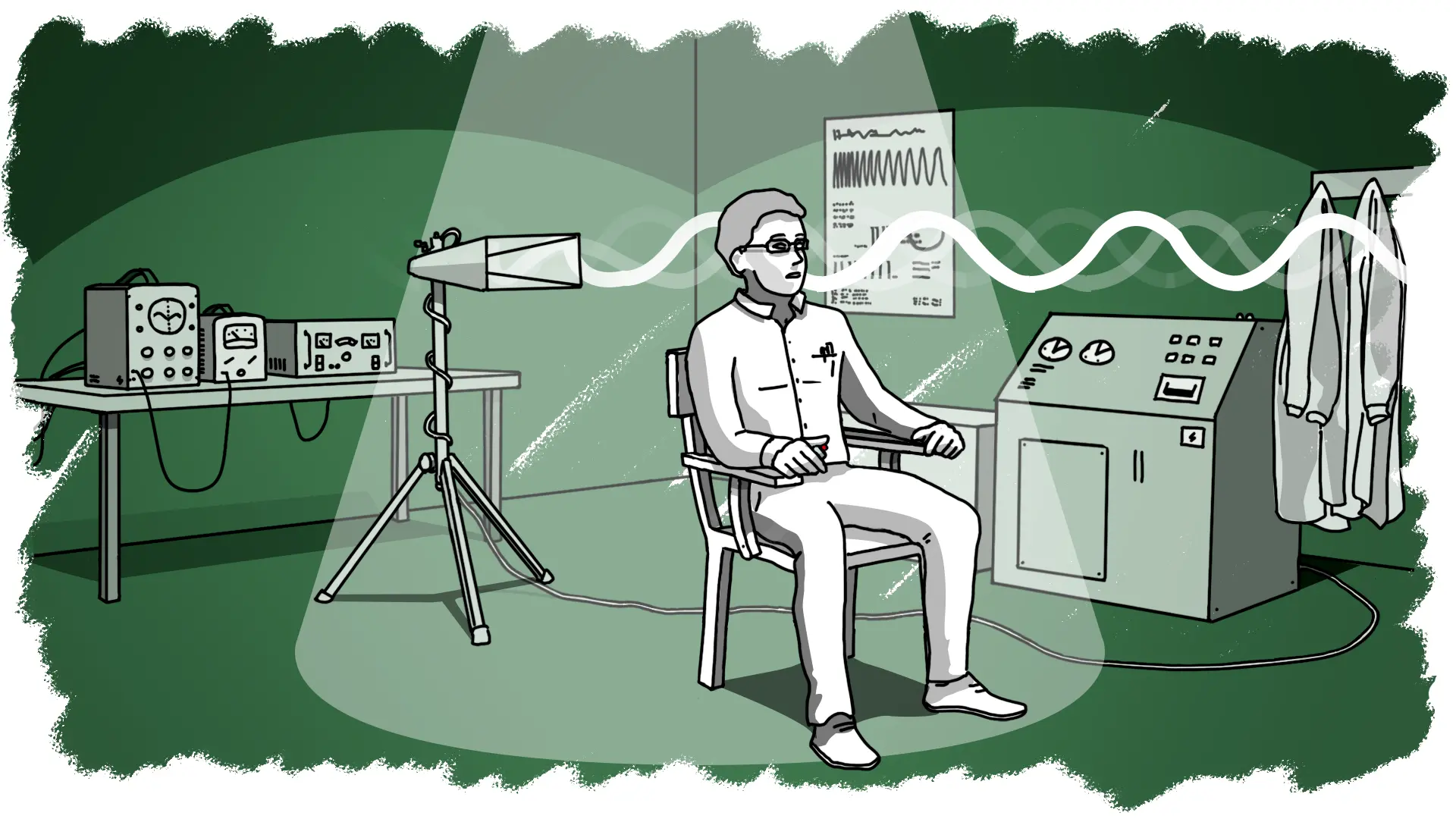
A similar effect to an active denial system (ADS) weapon (also described as using the EHF band) is commonly noticed by maintenance engineers if stood directly in front of active cell site antennas, who complain of headaches, nausea and dizziness. They are even warned of these apparent dangers by relevant authorities. Such associations and concerns about the RFR generated by new 5G technologies have many laymen, as well as some knowledgeable commentators, worried it could be used as a type of directed-energy weapon (DEW). Especially due to its directional signal transmission and reception, which can be combined with signal triangulation and the capability of beamforming etc.. It also necessitates the rollout of millions of new ground based broadcast towers across the world, 800,000 in the USA alone. Hundreds to thousands spread out out in a close proximity range wherever there’s coverage. 100 metres apart in the cities, up to 200 metres elsewhere. Safety concerns are meant to be alleviated by the power levels 5G generates: a typical 5G cell site’s overall power consumption from the grid’s supply being about 15 kW, with radiation from each antenna array only reaching around 120 watts – 140 watts.
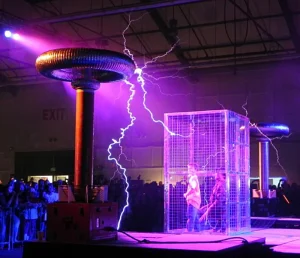
Ken Wheeler regards 5G’s directional transmission and reception, combined with signal triangulation and beamforming technology to make 5G a perfect “weapon” and “trojan horse” for potential abuse by unscrupulous rulers. Responding to requests for advice on avoidance from high-band 5G attenuation (beyond removing any related devices from the vicinity) he suggests coating exposed walls in FlyBye copper mesh, “proven to bring down radiation and attenuation of high-band 5G from 100 microvolts (with up to 70% attenuation depending on the frequency) down to 30 or less microvolts.” The whole wall doesn’t have to be covered in mesh, instead signal attenuation can be carried out, following a similar concept to fractal antennas. These receive and broadcast on a wide spectrum of frequencies, but require soldering and running a 12 or 14 gauge copper wire outside and attaching it to a solid-copper grounding pole. The mesh conforms to a chequerboard pattern consisting of looped around G shapes. Aluminium mesh has also been proven with frequency counters to achieve a similar result. These techniques of course affect the reception of cellphones and related technologies. Trees, plants and certain types of rocks also contribute to blocking out EMF signals. Some wearables also purport to provide some benefits. However, the only full-proof method to blocking out all outside wireless signals is to build a Faraday cage, which works by covering an entire enclosure in a conductive material, distributing outside electrical charges so that they’re cancelled out on its inside.
While it’s sensible to remain sceptical of any reports produced by special interest groups (such as intelligence agencies), and to endeavour to prove prove the results of any experiments by replicating them (assuming that can be done ethically), concerns surrounding experimental wireless technologies, such as 5G or the High Frequency Active Auroral Research Program (HAARP) — now replaced by Next-Generation Radar (NEXRAD), are warranted and violate several of the ten principles established in the “Permissible Medical Experiments” section of the Nuremberg Code.
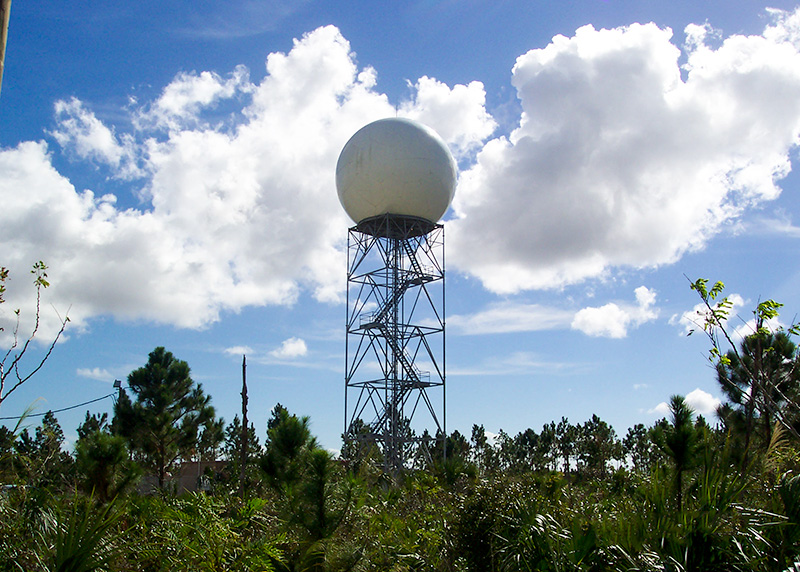
Not all countries welcomed 5G, Belgium being of particular note. Brussels, the capital of the EU, held back for years on rolling-out 5G amongst its elite population, declaring themselves not to be “guinea pigs” for untested technology. It took a so-called “citizen committee” to raise their radiation safety levels standard for 5G to be allowed. With promises of monitoring. Elsewhere, protesters took a lead from Japan by cutting or burning down offending 5G masts. Airing frustrations at unaccountable telecommunication corporations who seem to posses more rights than civilians.
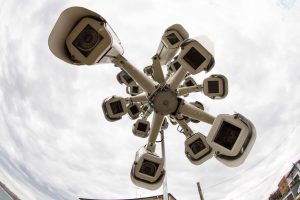
The fundamental human right to privacy, supposed to be upheld by the United Nations (UN), also has a long track record of being violated en-masse by all secret intelligence services. Who by their very nature can never be trustworthy so shouldn’t have such intrusive surveillance capabilities. The introduction of blatant security concerns alone make a sufficient case to halt development of 5G. But national sovereignty and democracies are clearly no longer a priority of the ruling class. And neither is the precautionary principle excuse recently lauded when imposing authoritarian lockdowns.
This article forms a chapter of The Invisible Enemy book.

